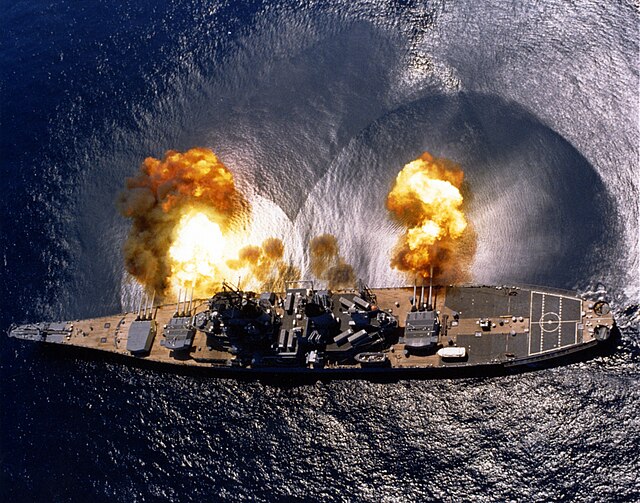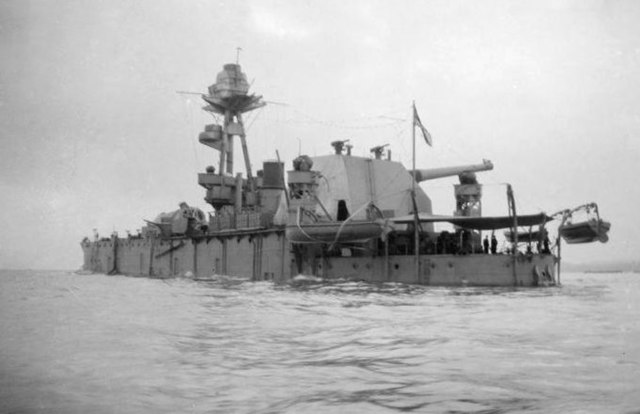Air Naval Gunfire Liaison Company
Air Naval Gunfire Liaison Company (ANGLICO) is an airborne fire support and liaison unit of the United States Marine Corps. The mission of ANGLICO is "To provide Marine Air-Ground Task Force (MAGTF) Commanders a liaison capability to plan, coordinate, and conduct terminal control of fires in support of joint, allied, and coalition forces. Per this mission statement, ANGLICOs are not designed to support U.S. Marine Corps maneuver elements. Instead, the doctrinal purpose of ANGLICO is to provide fire support and coordination in support of units adjacent to the MAGTF.
An ANGLICO team operates from a rooftop during the Iraq War.
Image: 2ANGLICO
Image: Logo 4th anglico
Naval gunfire support (NGFS), also known as naval surface fire support (NSFS), or shore bombardment, is the use of naval artillery to provide fire support for amphibious assault and other troops operating within their range. NGFS is one of several disciplines encompassed by the term naval fires. Modern naval gunfire support is one of the three main components of amphibious warfare assault operations support, along with aircraft and ship-launched land-attack missiles. Shipborne guns have been used against shore defences since medieval naval warfare.
USS Iowa fires a full broadside of nine 16 in/50 and six 5 in/38 guns during a target exercise near Vieques Island, Puerto Rico, 1 July 1984.
The monitor HMS Marshal Ney, with her single turret trained to starboard (1915)
Stern view of HMS Lord Clive, her 18-inch gun is fitted on a fixed mounting on her quarterdeck, pointing to starboard (November 1918)
The WWI-era (launched 30 June 1917) United States Navy battleship USS Idaho shells Japanese defenses on Okinawa on 1 April 1945.







